Sofas: Models, Measurements, Style and Comfort
Choosing the right Sofa takes time, and it can be hard to know what model is best or what colour will go with the tones and style of your living room. So how many types of sofa are there? Do you want it to be soft and comfortable, or more rigid and formal? What size should it be to fit into the space you have available?
In this guide, we’ll take a look at some of the different shapes, models and styles which you can find in the wide range of sofas on diotti.com.
diotti.com terminology
First of all, we are going to clarify some of the terminology found on our website. In the product descriptions, drop-down menus and diagrams, diotti.com uses some standard definitions such as ‘side element’, ‘central element’ or ‘corner element’.
These terms usually refer to elements which cannot be used on their own, but can be combined to create sofa compositions in various sizes and shapes.
- ● Side Element: an element with just one armrest which can be combined with other elements to create different types of sofas.
- ● Central Element: an element with a backrest which doesn’t feature any armrests. This could be positioned in the middle of a linear sofa, for example. This linear sofa might be made up of singular elements of a limited size, in order to create a sofa which is the size that you want or need.
- ● Corner Element: these are used to create corner sofas, which are usually made up of two side elements joined in the middle by a corner element. Corner elements help to unite the sofa, as they feature backrests which line up with the backrests on the side elements.
Categories, Models and Measurements
You can reduce the number of models you see by applying certain criteria to your search, such as selecting the shape you are looking for. We have two shapes available: linear sofas or corner sofas. Among the sofas on diotti.com, you will find lots of linear and corner sofas, but you may also find various models which may differ to how they appear at first glance. On the main page dedicated to sofas, you can narrow your search by selecting options from the menu, where you will find three different categories:
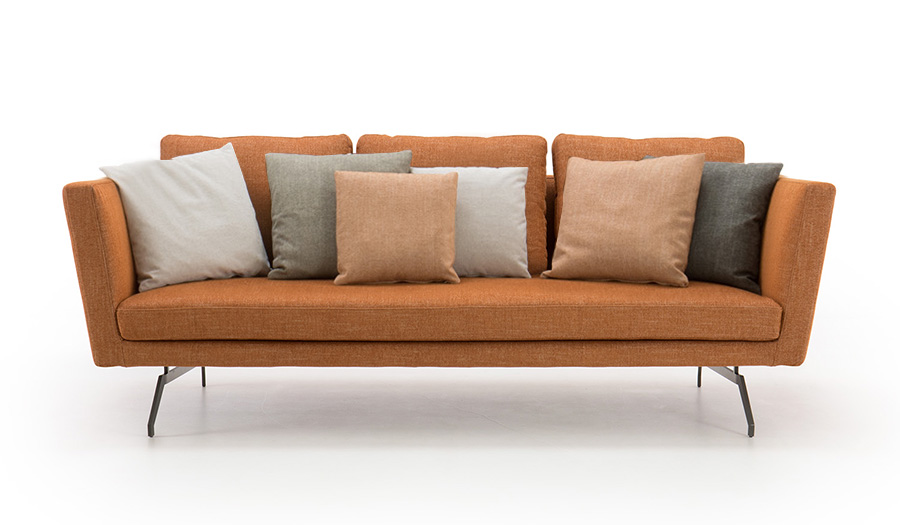
Linear Sofas, as the name suggests, are composed of one linear element, with a maximum width of 240 - 250 cm. Any models larger than this are usually composed of more than one single element, which can be central or side elements, depending on the model.
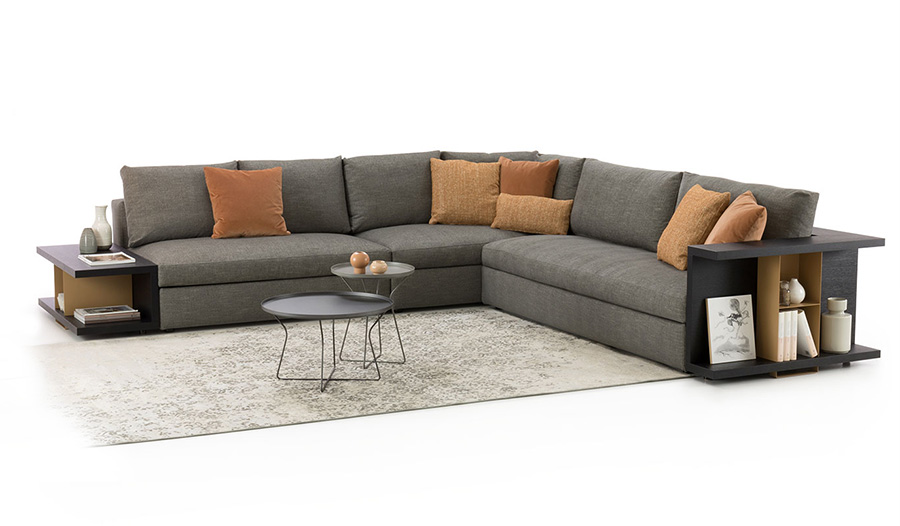
Corner Sofas are made up of three elements arranged in such a way as to create a corner shape. They are usually composed of two side elements, which are united by a single corner element. There are armrests on either end and a backrest which runs along the back of the entire sofa.
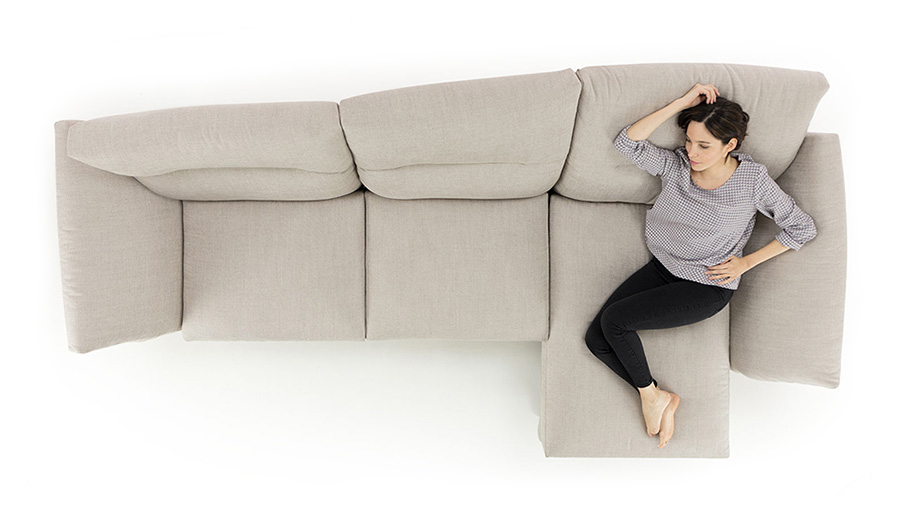
Sofas with a Chaise Longue are made up of two elements. The ‘peninsula’, or chaise longue, has an armrest which is identical and parallel to the armrest on the side element. The backrest is positioned along the long side of the sofa.
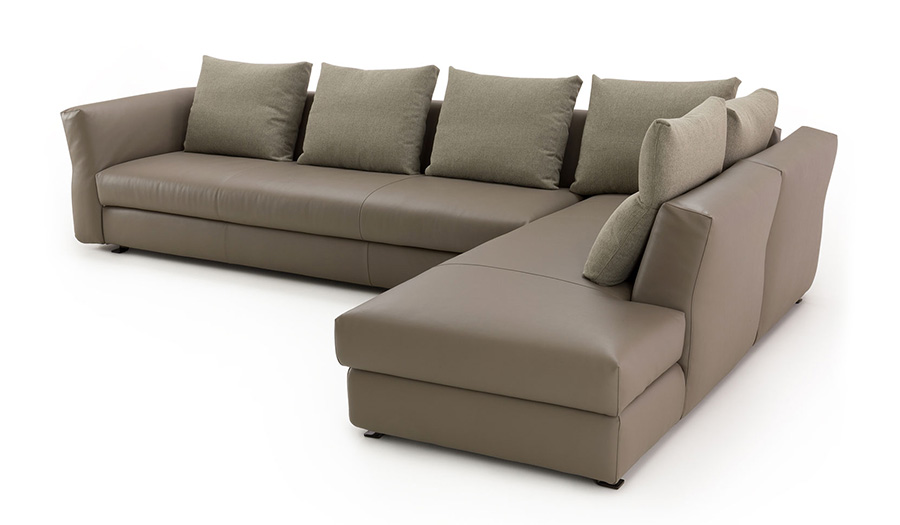
Sofas with a Meridienne Corner are composed of only two elements. The side element features an armrest, while the Meridienne element, which does not have an armrest, features a backrest which extends around the corner and joins with the backrest on the side element.
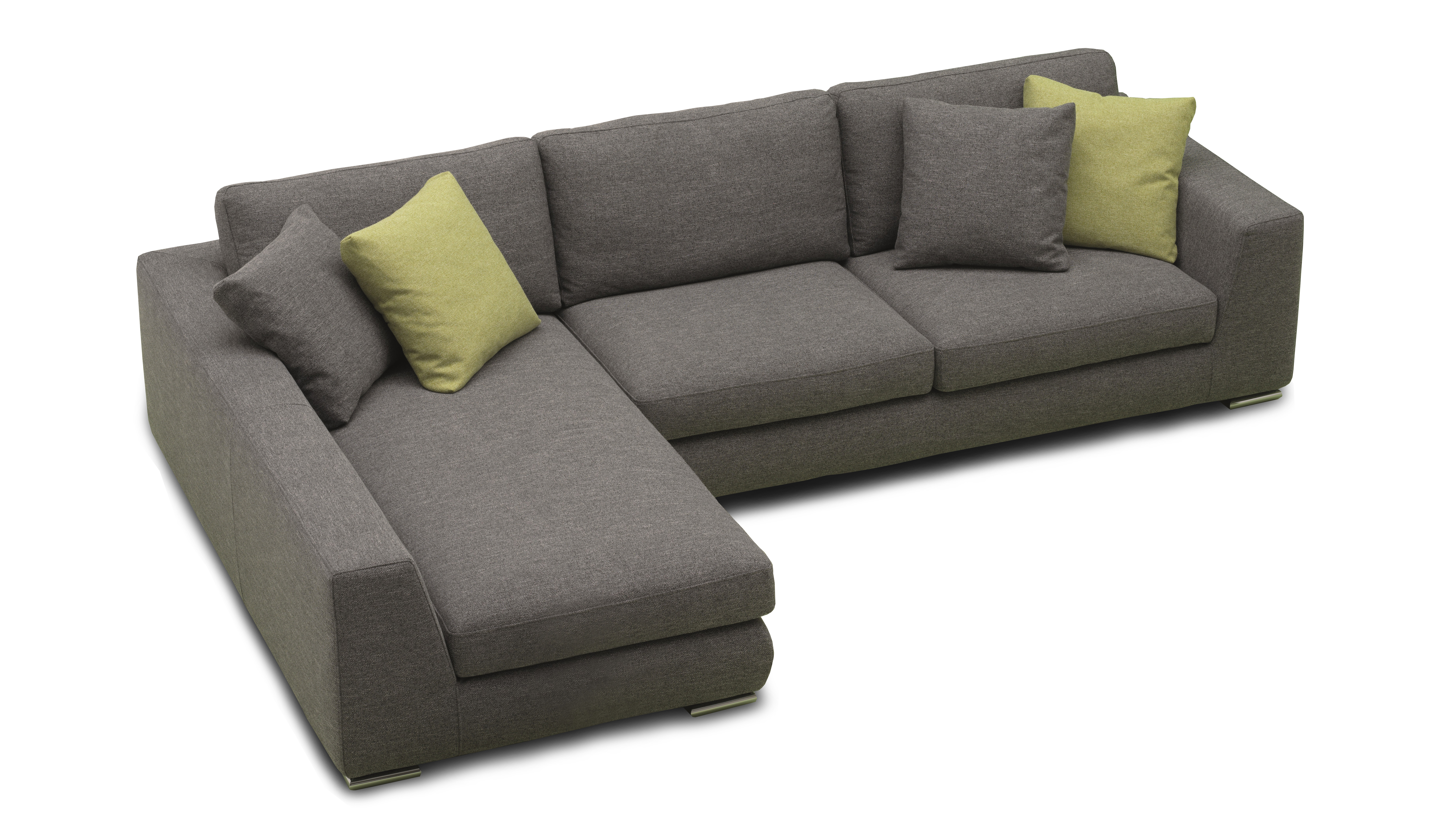
Sofas with a Dormeuse are made up of two elements. The dormeuse does not have a backrest and is different to a chaise longue due to the armrest, which is not the same as that on the side element and is usually longer, covering the entire depth of the dormeuse.
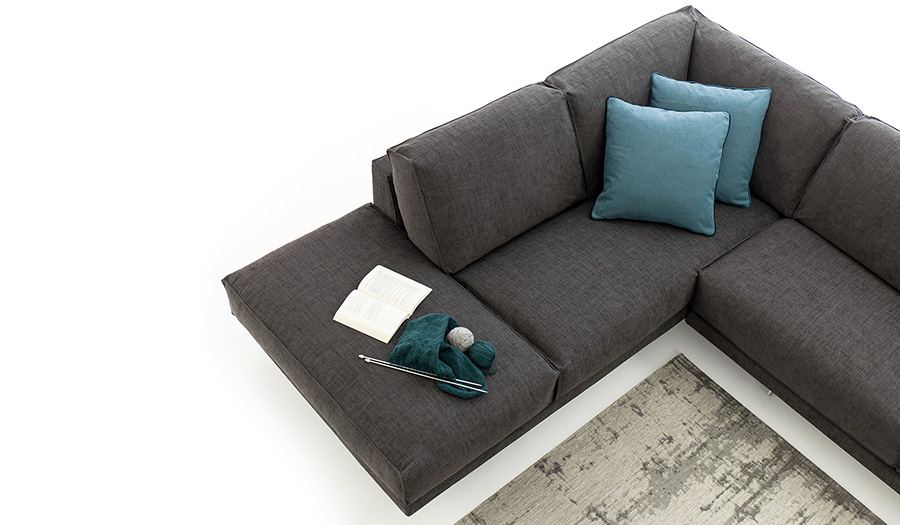
Sofas with an Open End are composed of two elements: a side element with an armrest, which is attached to the open-end element. The open element has a backrest which joins the backrest on the side element, but does not feature an armrest. The area where an armrest would be is left open and extends beyond the end of the backrest.
COMPOSITION WIDTH AND SOFA DEPTH
On the left-hand side of the page dedicated to sofas, you can narrow your search by selecting the width or depth of your sofa. While these measurements are straight forward for linear sofas, it becomes slightly more complex for corner sofas. In this case, the width and depth can be interpreted as follows:
- corner sofas: the width and depth can coincide and refer to both sides of the sofa alternately. In fact, it depends on how you plan to position the sofa in the room, and what space is available.
- sofas with a chaise longue / peninsula / dormeuse: the width is the total width of the sofa. The depth indicated takes into account the depth of the linear element and the chaise longue, separately.


